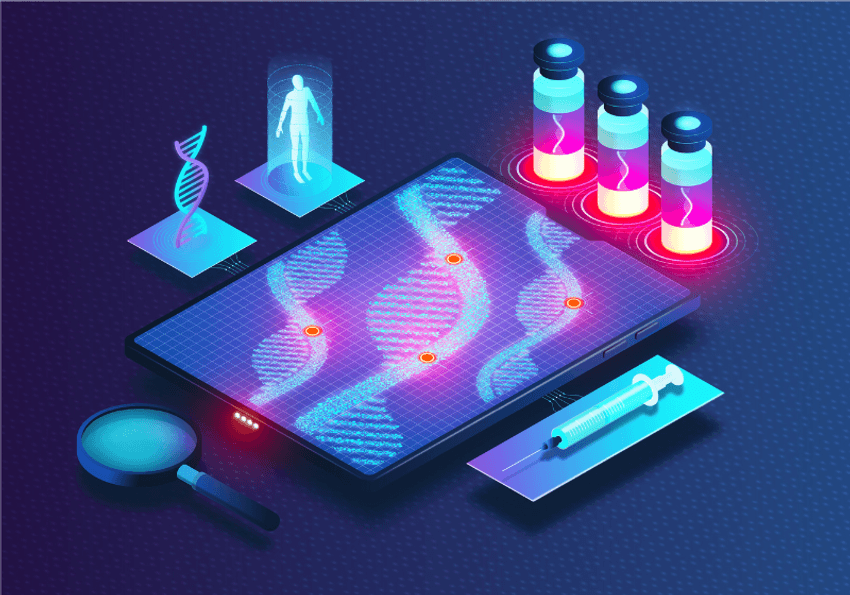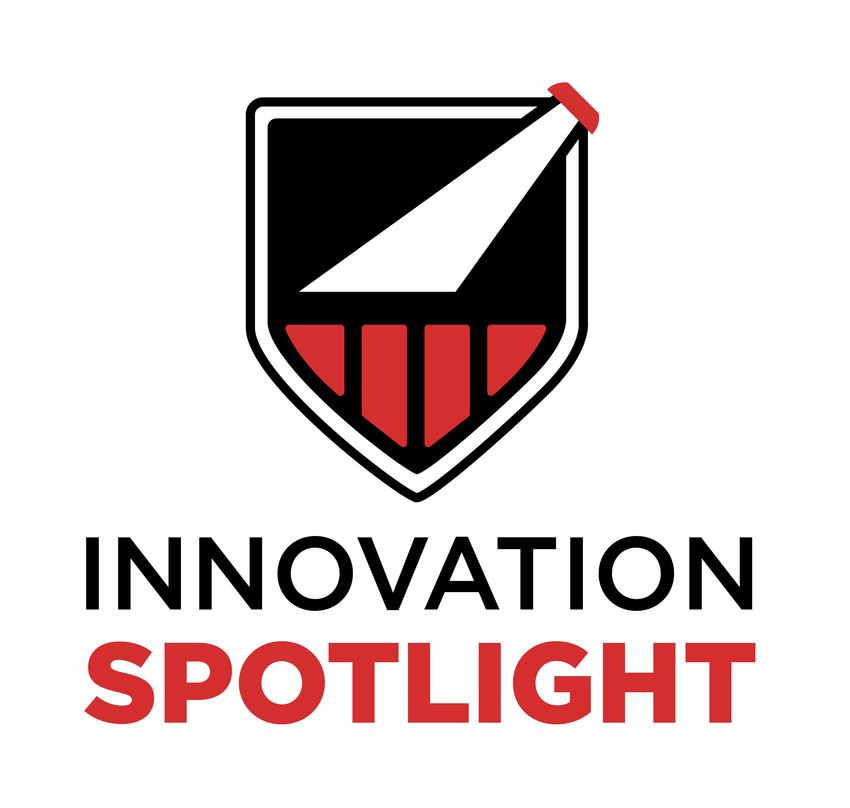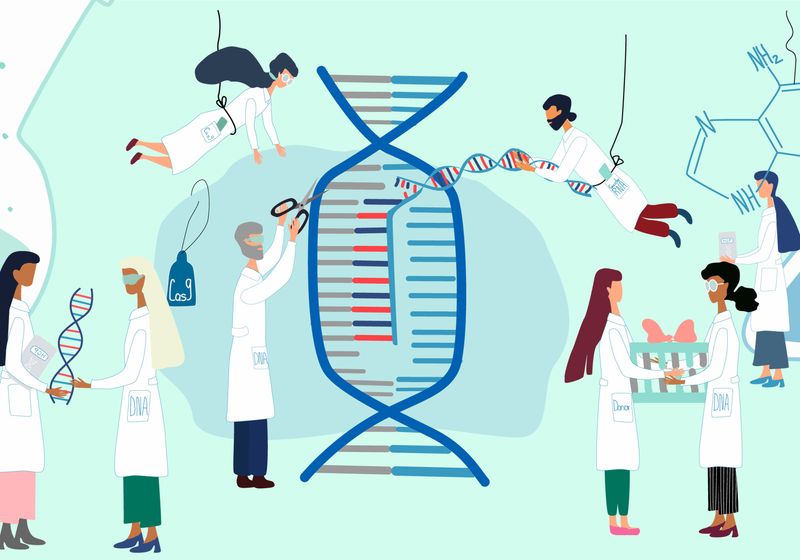Developing a gene therapy typically takes years, but when Baby KJ was diagnosed with a deadly genetic condition, scientists had only months. What followed was a successful collaboration among researchers, manufacturers, and industry experts to rapidly produce a personalized CRISPR treatment. Each partner, spanning RNA synthesis to lipid nanoparticle (LNP) delivery, played a critical role in transforming lab-scale innovation into clinical-grade medicine.
Mark Wetzel Vice President and General Manager mRNA CDMO Services Aldevron
In this Innovation Spotlight, Mark Wetzel, the vice president and general manager of mRNA CDMO Services at Aldevron, outlines the coordinated effort to build Baby KJ’s bespoke gene therapy and highlights what this intervention’s success means for the future of rare disease treatment.
What inspired scientists to design a CRISPR gene therapy for Baby KJ? Can you tell me about KJ’s condition and why intervention was urgent?
K.J. Muldoon, otherwise known as “Baby KJ”, was born with urea cycle disorder (UCD), which is an extremely rare inherited condition that affects the body’s ability to eliminate ammonia from the bloodstream. When ammonia accumulates, it can cause devastating effects on the body, including irreversible brain damage, coma, or even death.
With no cure currently available for UCD, KJ’s prognosis was grim. Recognizing the urgent need for intervention, a dedicated team of scientists, researchers, and physicians at the Children’s Hospital of Philadelphia (CHOP) took decisive action. They envisioned a groundbreaking solution: a personalized CRISPR therapy precisely designed to correct KJ’s unique, disease-causing mutation. With courage and hope, KJ’s parents chose to proceed—setting in motion a process that advanced at remarkable speed.
The Danaher-IGI Beacon for CRISPR Cures—a collaborative research initiative focused on developing adaptable gene-editing platforms—was brought in immediately due to its longstanding partnership with CHOP to start putting this process into action on the therapeutic manufacturing front. As part of the Danaher family, Aldevron was brought on to supply the key mRNA component of the therapy, while Integrated DNA Technologies (IDT) provided the guide RNA and critical safety services. Acuitas Therapeutics was also involved because they specialize in the development of LNP delivery systems for nucleic acid therapeutics.
By uniting world-class scientific expertise with advanced manufacturing capabilities, we rapidly developed and delivered a truly personalized CRISPR therapy for Baby KJ, achieving in months what might otherwise have taken years. This transformational approach not only offers hope for KJ but also paves the way for future personalized genetic medicines.
How do CRISPR gene therapies typically work, and how was KJ’s therapy different?
CRISPR gene therapies work by using a specialized protein, such as Cas9, guided by a piece of RNA to precisely target and cut DNA at a specific location. Once the DNA is cut, the cell’s natural repair mechanisms are harnessed to alter or correct the gene. This approach allows scientists to fix disease-causing mutations at their source, offering the potential for lasting cures.
What made KJ’s therapy truly groundbreaking was its level of precision and personalization. For KJ, the therapy was designed to correct a unique mutation in the CPS1 gene responsible for his urea cycle disorder. The CRISPR system, comprising the Cas9 protein and a guide RNA tailored to KJ’s specific mutation, was delivered directly to his liver cells using LNPs. Once inside the cells, the guide RNA directed Cas9 to the correct spot in the DNA, where it made a precise cut. The cell’s own repair machinery then used a supplied template to accurately fix the mutation, effectively correcting the gene.
Unlike standard gene therapies, which often use a one-size-fits-all approach, every aspect of KJ’s treatment, from design to manufacturing and delivery, was customized specifically for him and his condition. This represents a major leap forward in the field of personalized medicine and gene editing.
How were scientists able to create this therapy in just six months?
Scientists were able to develop this personalized mRNA-based CRISPR therapy in just six months—a fraction of the usual timeline—thanks to exceptionally close collaboration between academic researchers and industry partners. This partnership bridged the gap between cutting-edge research and real-world application, allowing for rapid progress.
Each industry partner contributed specialized expertise and resources. As previously mentioned, IDT provided the guide RNA and safety services, Aldevron produced the mRNA base editor and the final drug product, and Acuitas supplied the LNPs for delivery.
A joint framework between Aldevron and IDT enabled rapid manufacturing and delivery, with expedited documentation and real-time batch reviews to ensure both speed and regulatory compliance. This level of coordination was possible because industry partners brought deep experience in drug development and commercialization, while academic teams contributed innovative research and clinical insight.
The success of this project was driven by proactive planning, technical expertise, and a shared sense of urgency centered on the patient’s needs. By leveraging existing facilities, flexible infrastructure, and close coordination between quality and regulatory teams, the group demonstrated how focused, cross-sector collaboration can dramatically accelerate the development of life-saving therapies.
What were some of the biggest hurdles that the team faced and safeguards they needed to consider?
The most significant challenge was racing against time while maintaining the highest safety and quality standards. Developing KJ’s therapy required precise manufacturing of three critical components—the mRNA base editor, guide RNA, and LNPs—each presenting unique technical hurdles.

Through tightly coordinated efforts, individuals from Aldevron, IDT, and Acuitas Therapeutics rapidly manufactured the key components required to create a personalized gene-editing treatment
©iStock, ArtemisDiana
Navigating an unclear regulatory path added complexity. With no established guidelines for this type of therapy, our teams worked closely with the US Food and Drug Administration (FDA) to determine which steps could be reasonably expedited, always prioritizing patient safety.
Ensuring purity and consistency in manufacturing was another major concern. We implemented rigorous quality controls and real-time monitoring throughout the process. To further streamline operations, we established a joint Aldevron-IDT framework, which accelerated the manufacture and delivery of the therapy. This included expediting the availability of critical documentation, such as the completed batch record, certificate of analysis, and single-guide RNA sequencing report, for inclusion in the Emergency Investigational New Drug submission.
Open communication and strong teamwork were essential. By aligning on phase-appropriate requirements and conducting real-time batch record reviews, we resolved issues quickly and delivered compliant batches without delay.
While clinical-grade manufacturing remains a challenge in the field, our careful, collaborative approach allowed us to manage risks effectively and keep patient safety at the forefront.
How has KJ’s treatment gone so far?
I’m happy to report that KJ has responded very well to treatment so far. He received the first dose of the therapy when he was six months old, with a second dose administered several weeks later. No serious adverse events were reported, and KJ was discharged at the beginning of June.
What have scientists learned from KJ’s bespoke treatment, and can this knowledge be applied to more universal CRISPR gene therapies?
The success of KJ’s bespoke treatment marks a turning point—not just for one patient, but for the future of rare disease therapy as a whole. We demonstrated that it’s possible to design, manufacture, and deliver a custom gene-editing therapy in record time, with KJ’s treatment developed and administered within just six months. This rapid, tailored approach provides a powerful blueprint for treating other rare genetic disorders, especially those where time is critical and traditional therapies fall short.
The process also established new standards for speed, precision, and adaptability. Every stage, from guide RNA design to safety assessments and manufacturing scale-up, was customized and accelerated, all while maintaining rigorous quality and safety controls. This methodology can be adapted for other single-gene disorders, signaling a shift away from one-size-fits-all treatments toward highly personalized therapies.
Importantly, the lessons learned extend beyond KJ’s case. The approach shows that with dedicated teamwork and the right scientific framework, individualized CRISPR therapies can become a reality for patients with ultra-rare diseases. As a result, the field is moving closer to making rapid, bespoke gene editing accessible to more patients, potentially transforming the future landscape of genetic medicine as we know it.
What does the future hold for CRISPR gene therapy?
KJ’s treatment marked an important step forward for precision medicine. Our approach demonstrated that it is possible to develop rapid, patient-specific treatments for rare genetic disorders without sacrificing quality. This framework can be adapted to other single-gene conditions, especially those where traditional drug development is too slow or impractical.
The consistency of the CRISPR platform, with customizable guide RNAs and templates, means we can scale this method to help more patients. Continued collaboration between research centers and industry leaders, along with investment in infrastructure, will be key to making these therapies more widely available. I am very hopeful that CRISPR gene therapy can become the most practical option for those with rare, uncurable conditions. At Aldevron, we are committed to working together with genomics innovators to make that vision a reality, and we remain determined to harness this success and deliver individualized breakthroughs for rare disease patients who need it most.


